Introducing the Creality K1, a new star in the CoreXY 3D printer sky. Creality, known for its innovations in the Ender series, now enters the CoreXY segment with the K1 model. This printer promises to exceed expectations in printing speed and quality, challenging the current standards in this price category.
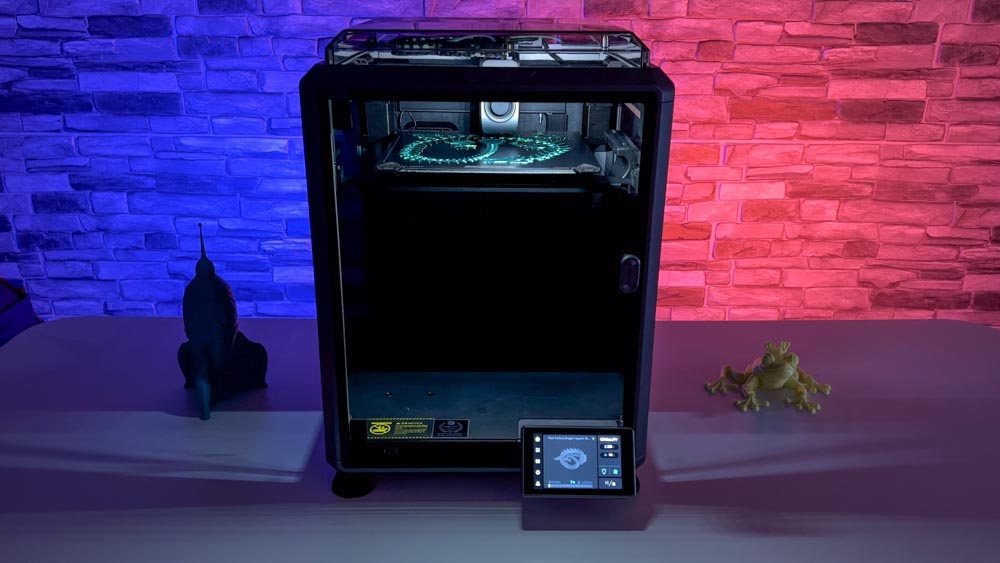
The greatest strength of the Creality K1 is its printing speed, reaching up to 600 mm/s, ranking it among the fastest printers on the market. The standard printing speed of 300 mm/s is significantly above average, offering users the possibility of faster printing without compromising on quality. High speed is supported by an advanced cooling system, which includes a large fan on the print head and another side fan for cooling the printing chamber.
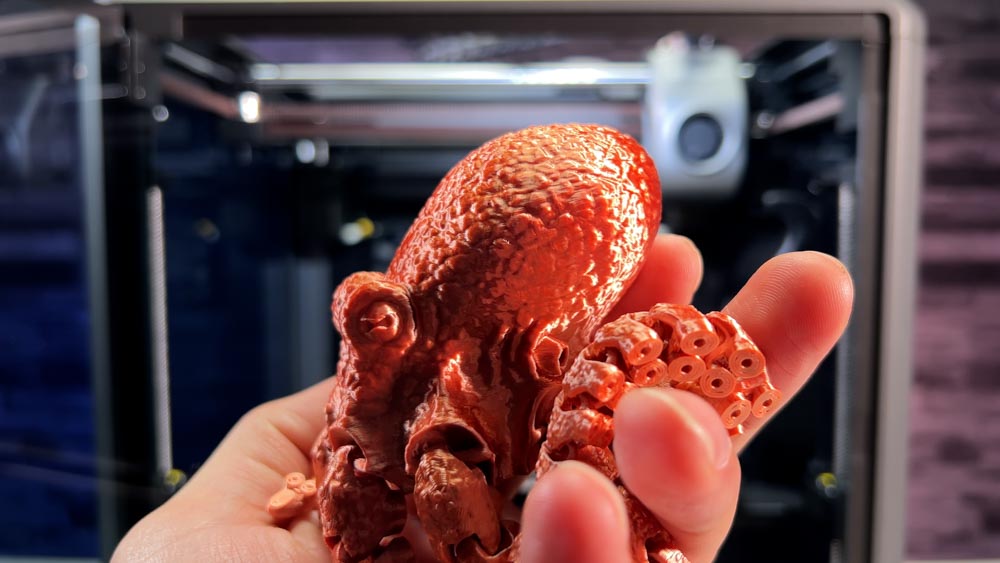
When printing our favorite rocket in vase mode with a layer thickness of 0.2mm and an extrusion width of 0.6mm to the maximum possible height of the printer, we encountered problems with the tip of the rocket in most smaller 3D printers. At high speeds, insufficient cooling can lead to its collapse. We were very surprised by the Creality K1, as the tip was perfect.
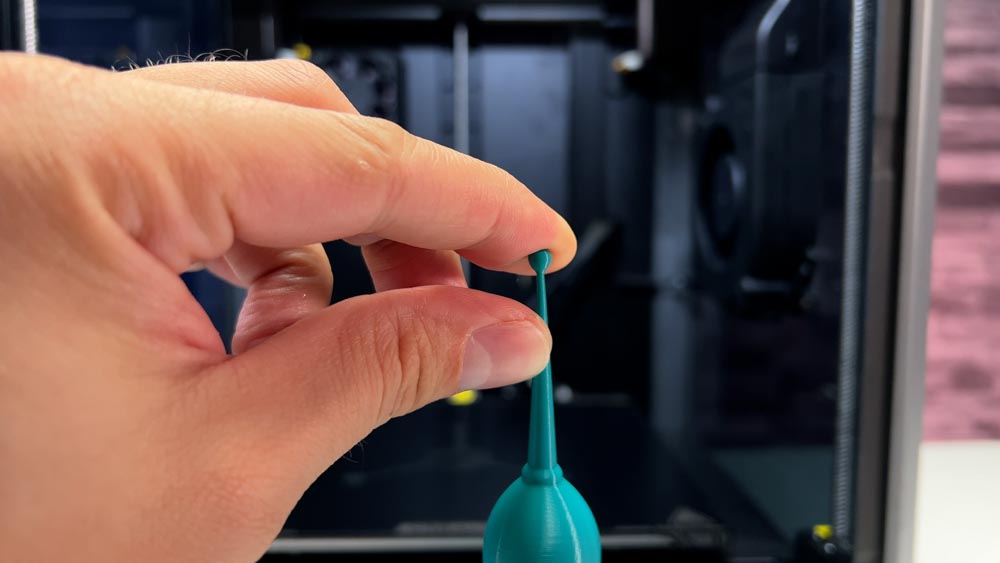
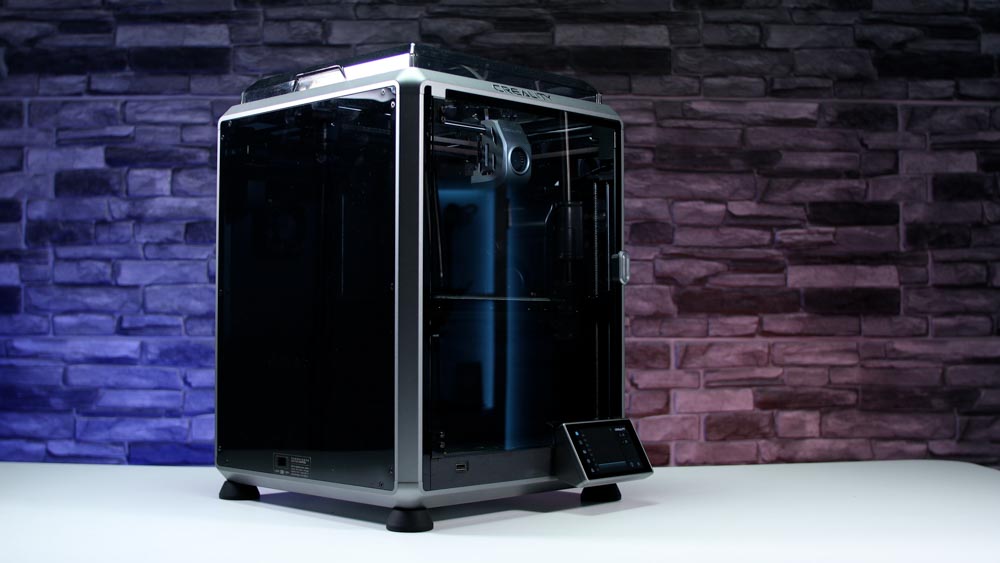
The Creality K1 brings innovative solutions in 3D printing, not only thanks to its high-flow direct extruder at 32 mm³/s but also due to its fully covered design. This enclosed design provides more stable temperature conditions during printing, which is essential for printing materials sensitive to temperature changes and drafts. This allows the printer to process a wide range of materials more efficiently and with greater precision. Thanks to the enclosed enclosure, you can print even demanding materials without warping. The printers hot end, capable of reaching temperatures up to 300 °C, expands the printing options to technically challenging materials such as:
The enclosed design of the Creality K1 offers advantages not only in speed and print quality but also in extended compatibility with various types of materials, making the K1 a universal printer suitable for a wide range of applications, from home use to professional production.
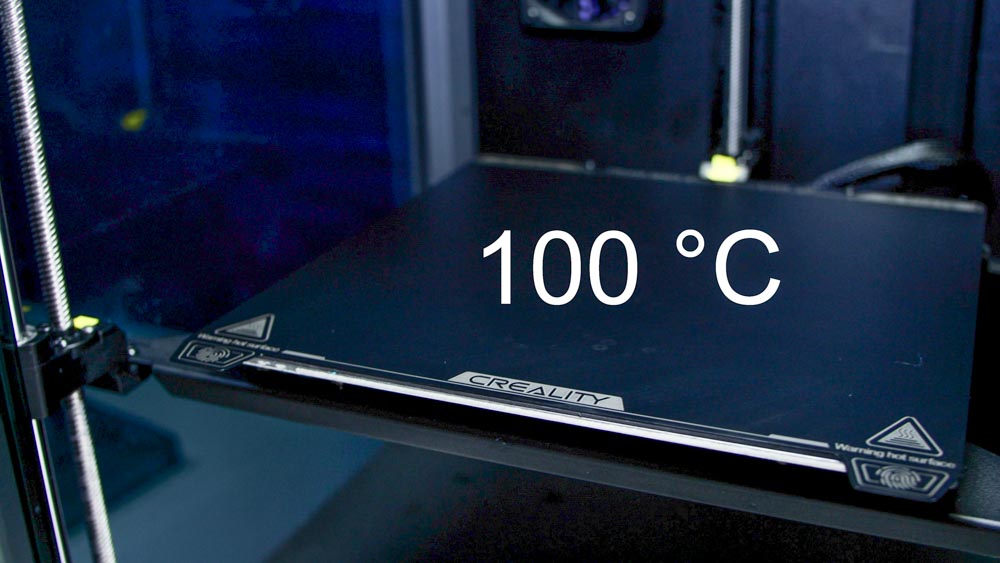
Thanks to the wide range of temperatures that Creality K1 can reach, there are possibilities for printing with many different types of materials, from standard to specialized and technically challenging. This ability makes the K1 a universal printer suitable for a variety of applications, from prototyping to end-product manufacturing.
The printer offers a flexible print bed with a maximum temperature of 100 °C, which allows for easy manipulation of finished prints. The use of a PEI flexible print bed is recommended to improve adhesion and ease of removal of prints. The print area of 220 x 220 x 250 mm provides sufficient space for most projects.
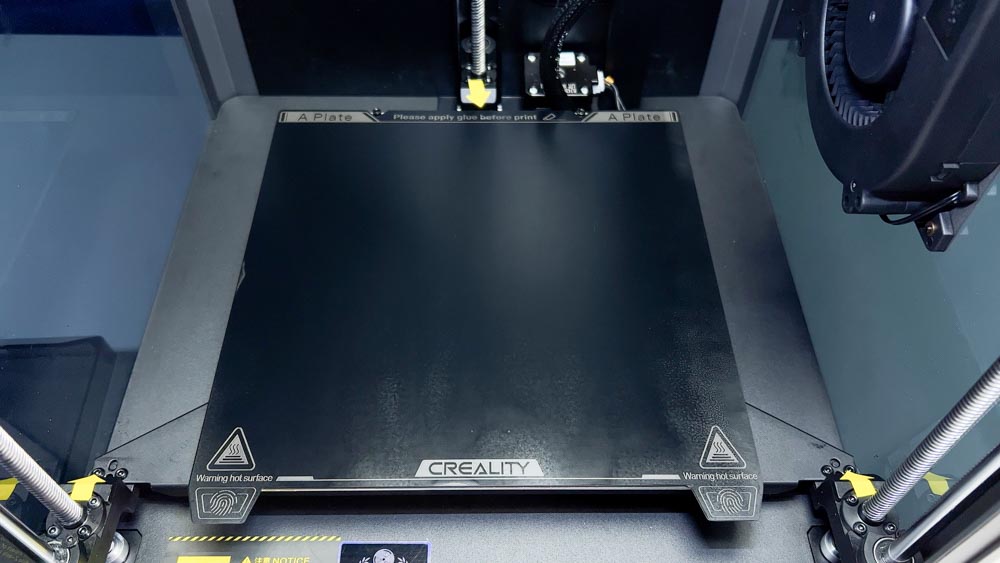
The Creality K1 boasts a user-friendly touch screen, which facilitates control. I must say, the display of the Creality K1 is one of the best you can find in the market for affordable 3D printers. High contrast and color, perfect touch response.
Although the Creality Cloud mobile app contains advertisements, it provides users with remote access to the printer. The desktop slicer Creality Print offers a wide range of options and is preferred for its complexity and user comfort. We did not get along well with the slicer and in several cases, we found it quite unintuitive, but this could be because we have been used to other slicers for a long time, where many things work differently. A beginner might not have problems with this slicer. On the other hand, this particular slicer is not necessary for the operation of the printer, the printer will work perfectly even with competitive slicers.
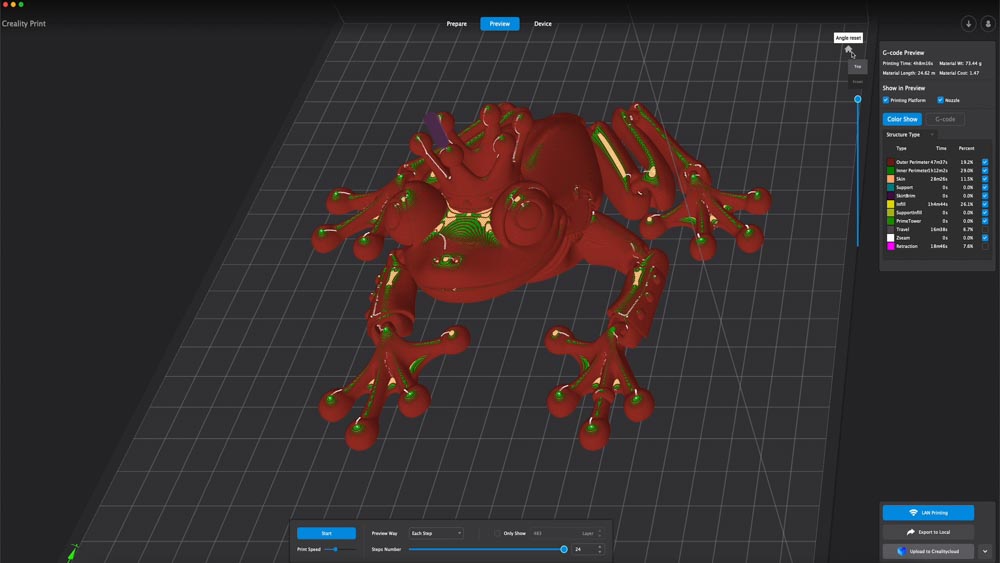
The printer is equipped with a modified version of the Klipper firmware, which ensures a quick and reliable response of the printer. It should be noted that at higher printing speeds and intensive cooling, the printer can be and is louder. If you plan to place the printer in an apartment, living room, let alone sleep next to it while printing, you will need more than earplugs. For us, it is the loudest affordable printer we have heard so far. Basically, only large industrial printers are louder. It should be noted that thanks to the quality and efficient cooling, we managed to print a rocket in record time without the tip collapsing.
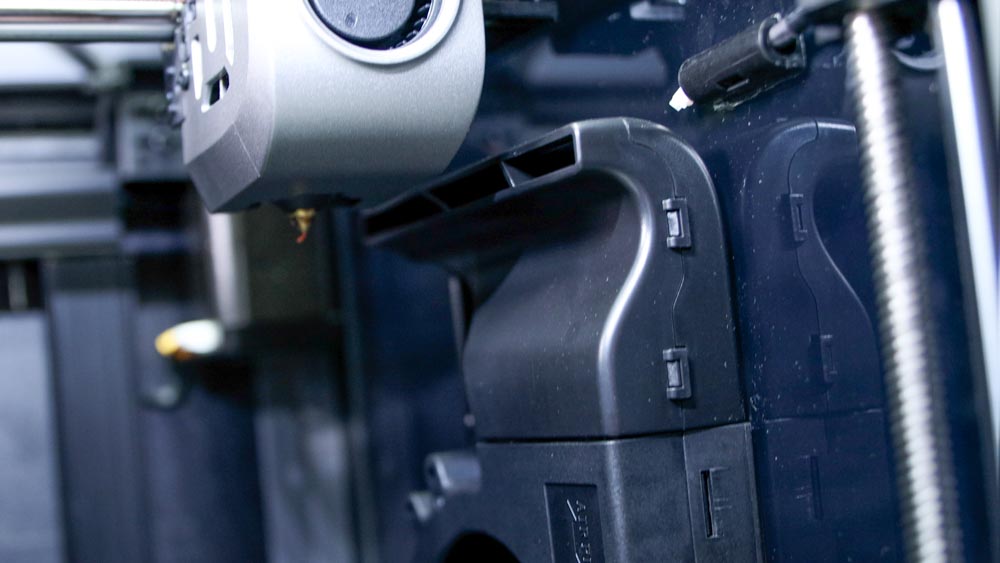
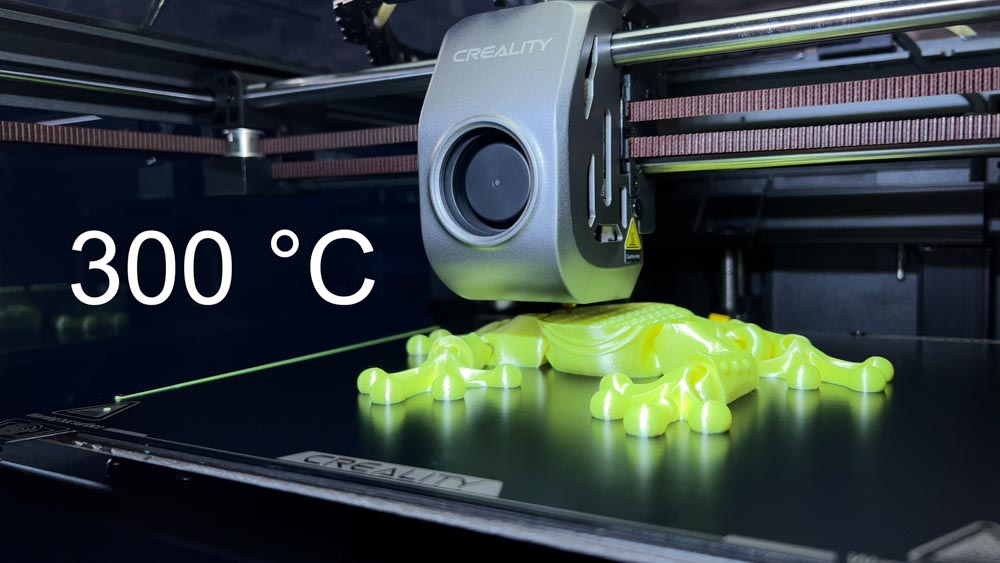
The Creality K1 represents a significant step forward in the field of CoreXY printers, offering a combination of speed, accuracy, and quality that is unusual in this price category. Although it has some shortcomings, such as noise and limitations in mobile software, its overall advantages and performance make it an excellent choice for a wide range of printing projects, but take your wife to the bedroom instead of the Creality K1.